
This guide to window tinting explores a versatile vehicle customization option that serves various purposes, from enhancing privacy and aesthetics to protecting against harmful UV rays. To make an informed decision, it’s crucial to understand different Visible Light Transmission (VLT) levels, available materials, and top brands. Whether you’re a young driver seeking style, a business professional prioritizing functionality, or someone with medical needs, this comprehensive guide to window tinting will help you choose the right option
5% VLT (Limo Tint)
- Who Uses It: Commonly found in limousines and high-end luxury vehicles.
- Purpose: Offers maximum privacy, making it nearly impossible to see inside the vehicle.
- Applications: Leisure and VIP transport.
- Considerations: This level of tint is often illegal for front windows in most states, including New York and New Jersey.
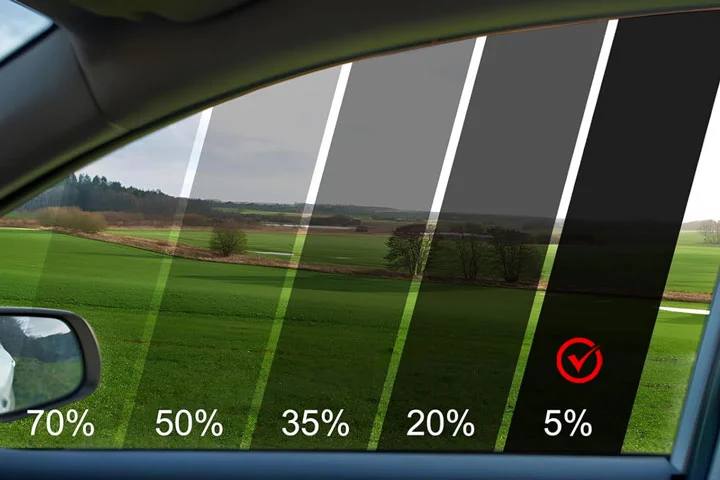
20% VLT
- Who Uses It: Preferred by those seeking a balance of privacy and visibility, including business professionals.
- Purpose: Provides significant privacy while still allowing some visibility inside.
- Applications: Frequently used for rear windows and SUVs.
- Considerations: May be too dark for nighttime driving in some conditions.
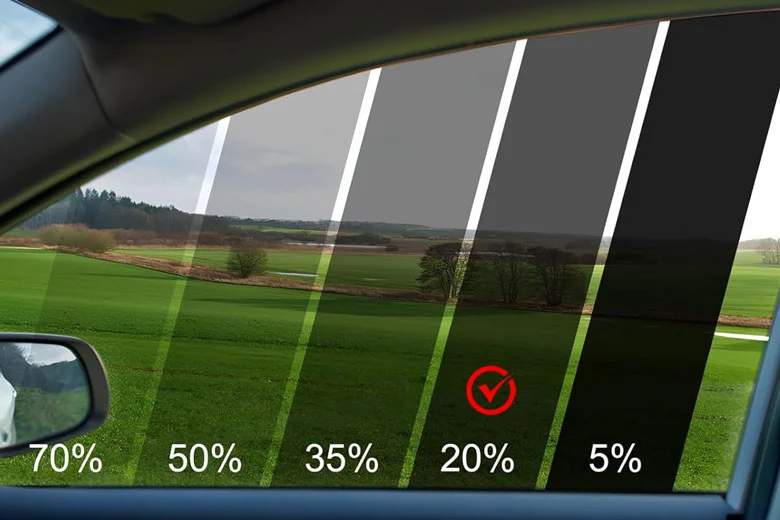
35% VLT
- Who Uses It: Popular among families and professionals who want moderate tinting.
- Purpose: Reduces glare and heat while maintaining good visibility.
- Applications: Ideal for front windows and daily-use vehicles.
- Considerations: Complies with tint laws in most states.
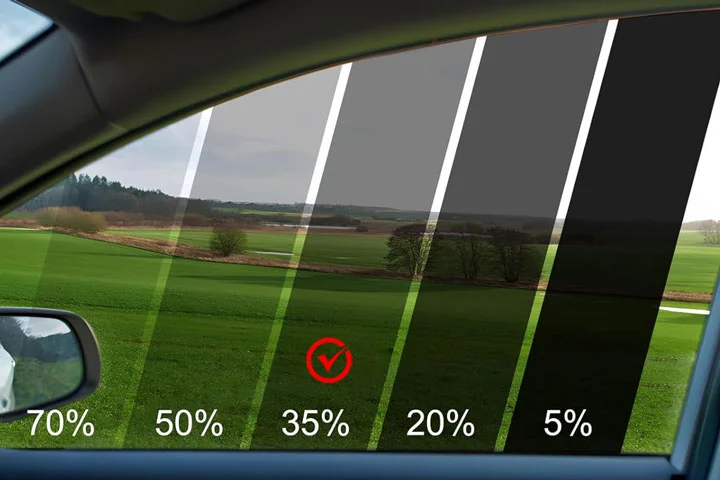
50% VLT
- Who Uses It: Often chosen by older drivers or those prioritizing legal compliance.
- Purpose: Lightly tinted, reducing glare and UV exposure without darkening the glass too much.
- Applications: Suitable for front windshields where allowed.
- Considerations: Provides minimal privacy but effective heat and glare reduction.
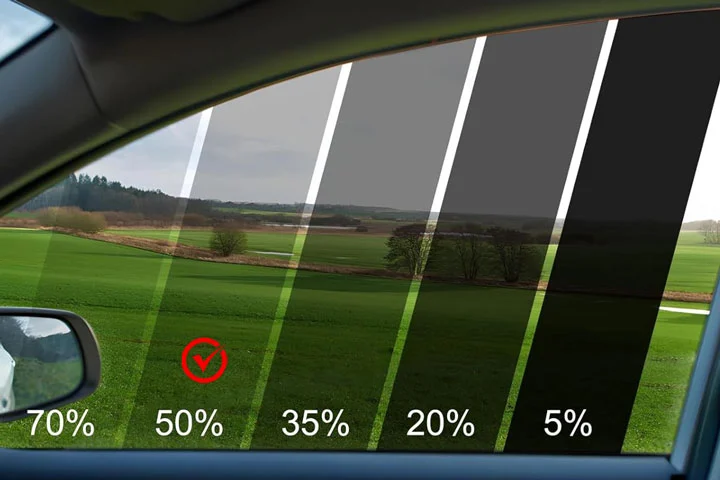
70% VLT
- Who Uses It: Drivers focused on heat and UV protection without altering the appearance of their windows.
- Purpose: Nearly clear, offering maximum light transmission while blocking UV rays.
- Applications: Often used for medical exemptions.
- Considerations: Complies with strict tint laws.
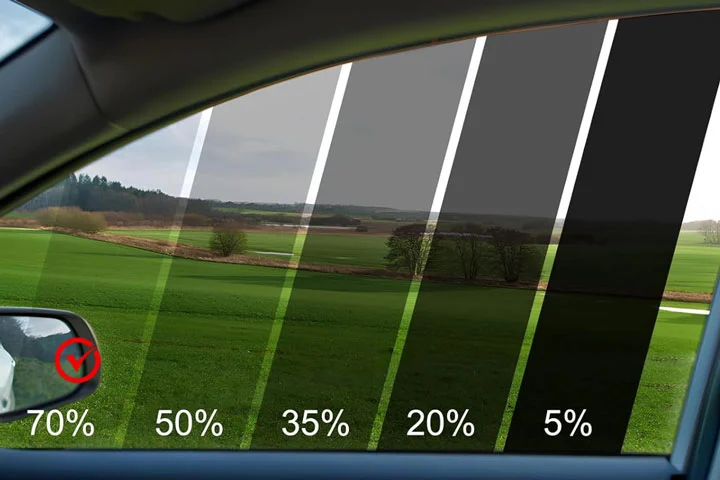
1. Dyed Window Tint
- Description: Made with layers of dyed film to absorb solar heat.
- Pros:
- Cost-effective.
- Reduces glare.
- Non-reflective appearance.
- Cons:
- Fades over time.
- Limited heat rejection compared to other materials.
- Best Brands:
- LLumar: Affordable dyed tint options.
- SunTek: Known for durable dyed films.
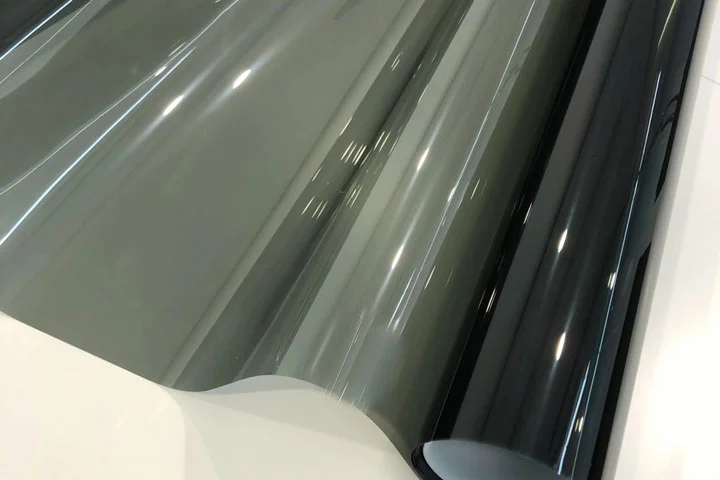
2. Metalized Window Tint
- Description: Contains tiny metallic particles to reflect heat and UV rays.
- Pros:
- Excellent heat and UV rejection.
- Durable and scratch-resistant.
- Cons:
- Interferes with electronics like GPS, cell phones, and key fobs.
- Reflective appearance may not appeal to all drivers.
- Best Brands:
- Solar Gard: Offers high-quality metalized tints.
- Madico: Durable and effective metalized films.
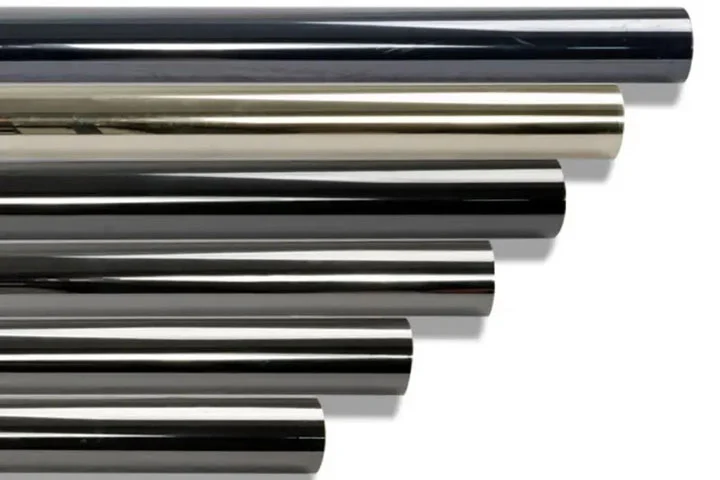
3. Carbon Window Tint
- Description: Non-metallic tint with carbon particles to block infrared rays.
- Pros:
- Non-reflective.
- Excellent heat rejection.
- Does not interfere with electronics.
- Cons:
- Slightly more expensive than dyed films.
- Best Brands:
- SunTek: High-performance carbon films.
- Global Window Films: Reliable and long-lasting carbon tints.
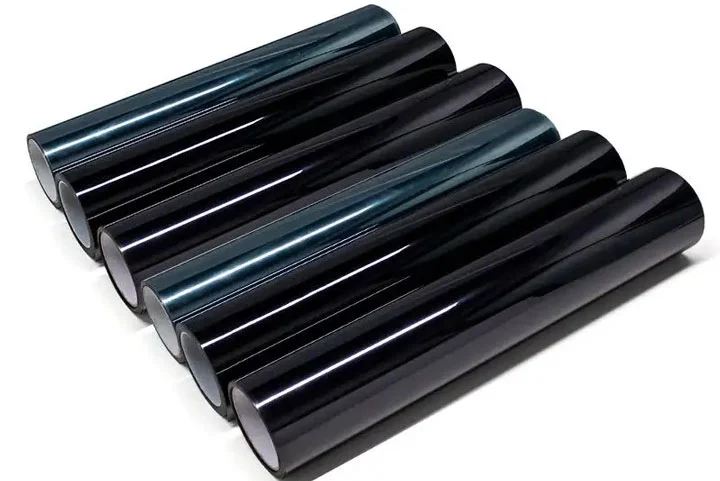
4. Ceramic Window Tint
- Description: Uses advanced ceramic particles for superior performance.
- Pros:
- Highest level of heat rejection.
- Blocks up to 99% of UV rays.
- Non-reflective and does not interfere with electronics.
- Cons:
- Most expensive option.
- Best Brands:
- 3M Ceramic IR: Industry leader in ceramic films.
- Hüper Optik: Premium ceramic tints.
- LLumar IRX: Excellent heat rejection and durability.
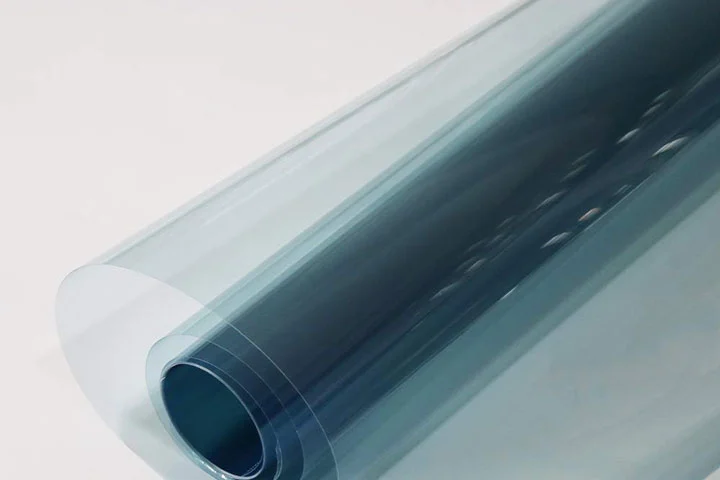
5. Hybrid Window Tint
- Description: Combines dyed and metalized layers for balanced performance.
- Pros:
- Affordable.
- Good heat rejection and durability.
- Cons:
- Still susceptible to electronic interference.
- Best Brands:
- Solar Gard: Offers hybrid films with balanced features.
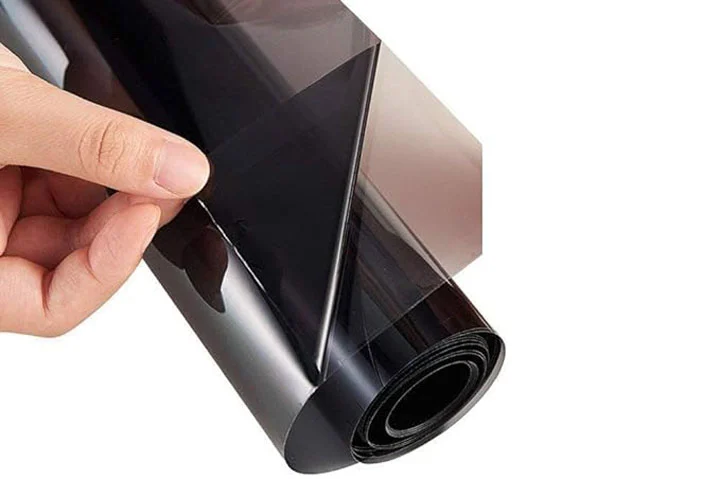
Call us at 917-780-6775 for a comprehensive and free consultation on the best material, brand, or tint for your needs. Our experts at NYC Car Wraps will guide you every step of the way! Choosing the best window tint involves considering your budget, aesthetic preferences, and functional needs:
- Assess Your Priorities:
- For style and affordability: Dyed or carbon tint.
- For premium performance: Ceramic tint.
- Consider Legal Compliance:
- Research state laws to ensure the chosen VLT is legal.
- Evaluate Your Lifestyle:
- Young drivers often prefer darker tints (e.g., 20% VLT) for style.
- Business professionals may choose lighter tints (e.g., 35% VLT) for a sleek and professional appearance.
- Medical needs may require clear or high VLT tints.
- Work with a Professional Installer:
- Ensure proper installation and access to quality brands like 3M, LLumar, or SunTek.
Comparison Table: Materials and Brands
| Material | Heat Rejection | UV Protection | Durability | Electronics Interference | Cost | Best Brands |
|---|---|---|---|---|---|---|
| Dyed | Low | Moderate | Low | None | Low | LLumar, SunTek |
| Metalized | High | High | High | Yes | Moderate | Solar Gard, Madico |
| Carbon | High | High | High | None | Moderate | SunTek, Global |
| Ceramic | Highest | Highest | Highest | None | High | 3M, Hüper Optik, LLumar |
| Hybrid | Moderate | Moderate | Moderate | Yes | Moderate | Solar Gard |

Window tinting is more than just an aesthetic enhancement; it’s a functional upgrade that improves comfort, safety, and privacy. By understanding the different VLT levels, materials, and leading brands, you can make an informed choice that suits your needs and complies with local laws. Whether you’re looking for affordable dyed tints, premium ceramic films, or balanced hybrid options, there’s a solution for every driver. For professional installation and access to top brands, contact NYC Car Wraps today!
